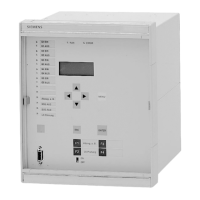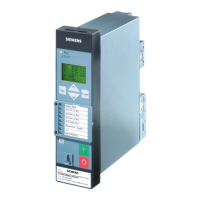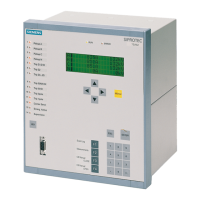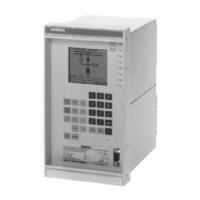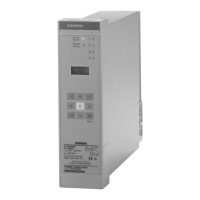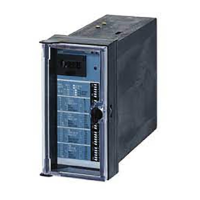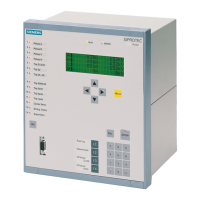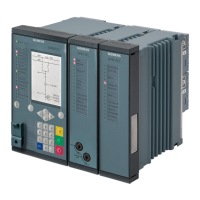Mounting and Commissioning
3.3 Commissioning
SIPROTEC, 7SK80, Manual
E50417-G1140-C344-A4, Release date 08.2010
326
3.3.10 Polarity Check for Voltage Input V
3
Depending on the application of the voltage measuring input V
3
of a 7SK80, a polarity check may be necessary.
If no measuring voltage is connected to this input, this section is irrelevant.
If input V
3
is used for the measurement of the displacement voltage V
N
(Power System Data 1 address 213
VT Connect. 3ph = Vab, Vbc, VGnd), the polarity is checked together with the current input I
N
/I
Ns
(see
further below).
3.3.11 Ground Fault Check
Ungrounded Systems
The ground fault check is only necessary if the device is operated in an isolated or resonant-grounded system
and ground fault detection is used. This requires the device to be set to Sens. Gnd Fault = Enabled (ad-
dress 131) when configuring the device functions. In all other cases, this section is not relevant. Determination
of the ground fault direction only works in devices that have an E in the 15th position of their MLFB number.
The primary check serves to find out the correct polarity of the transformer connections for the determination
of the ground fault direction.
DANGER!
Energized equipment of the power system ! Capacitive coupled voltages at disconnected equipment of the
power system !
Non-observance of the following measure will result in death, severe personal injury or substantial property
damage.
Primary measurements must only be carried out on disconnected and grounded equipment of the power
system !
Using the primary ground fault method a most reliable test result is guaranteed. Therefore please proceed as
follows:
• Isolate the line and ground it on both ends. During the whole testing procedure the line must be open at the
remote end.
• Make a test connection between a single phase and ground. On overhead lines it can be connected any-
where, however, it must be located behind the current transformers (looking from the busbar of the feeder
to be checked). Cables are grounded on the remote end (sealing end).
• Remove the protective grounding of the line.
• Connect a circuit breaker to the line end that is to be tested.
• Check the direction indication (LED if allocated)
• The faulty phase (FNo 1272 for A or 1273 for B or 1274 for C) and the direction of the line, i.e. „SensGnd
Forward“ (FNo 1276) must be indicated in the ground fault protocol.
• The active and reactive components of the ground current are also indicated („INs Reac“, FNo. 702). The
reactive current „INs Real“, FNo. 701) is the most relevant for isolated systems. If the display shows the
message „SensGnd Reverse“ (FNo. 1277), either the current or voltage transformer terminals are
swapped in the neutral path. If message „SensGnd undef.“ (FNo 1278) appears, the ground current may
be too low.
• Deenergize and ground the line.
The test is then finished.
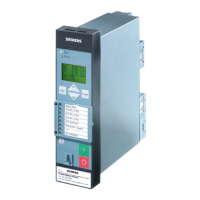
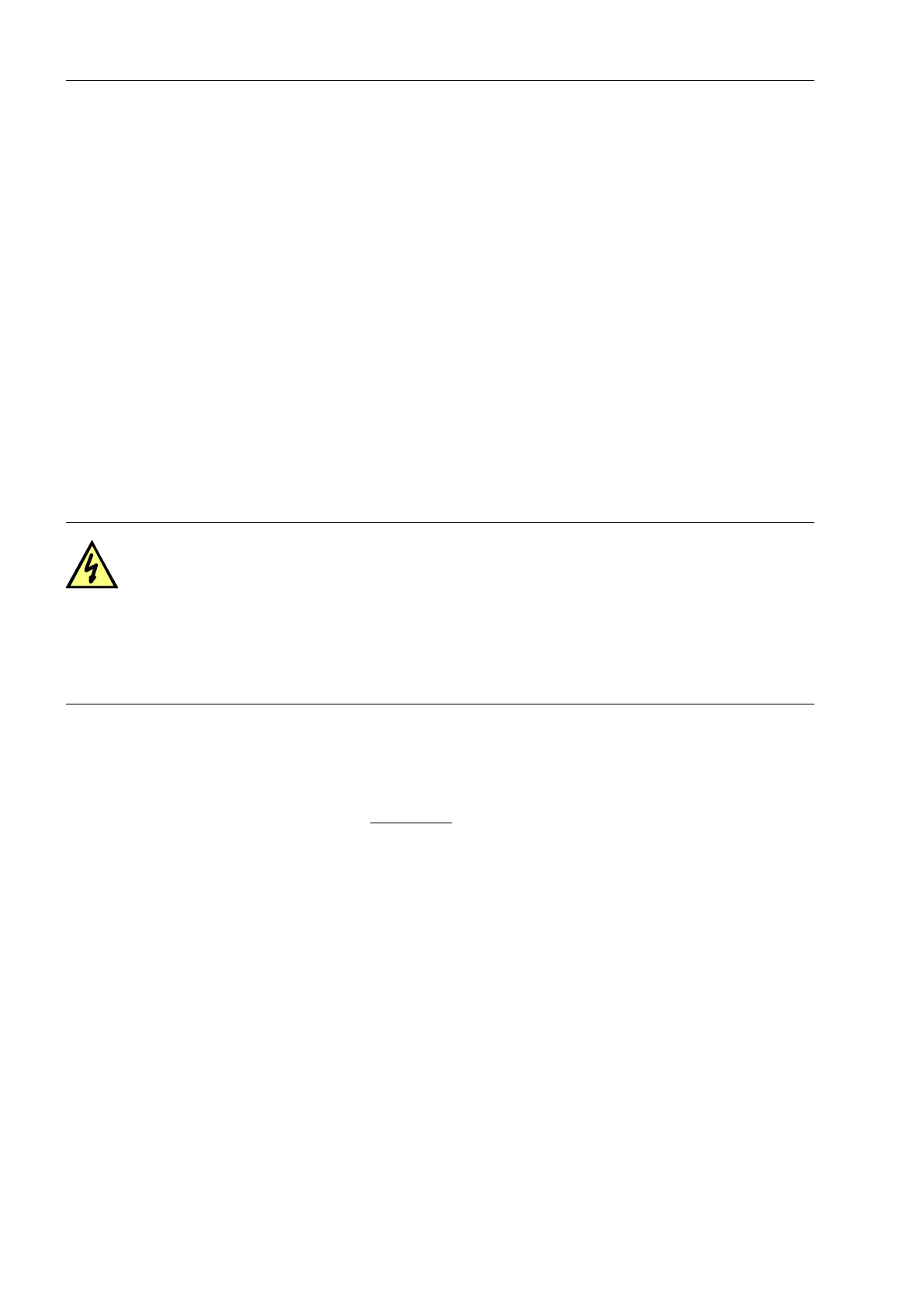